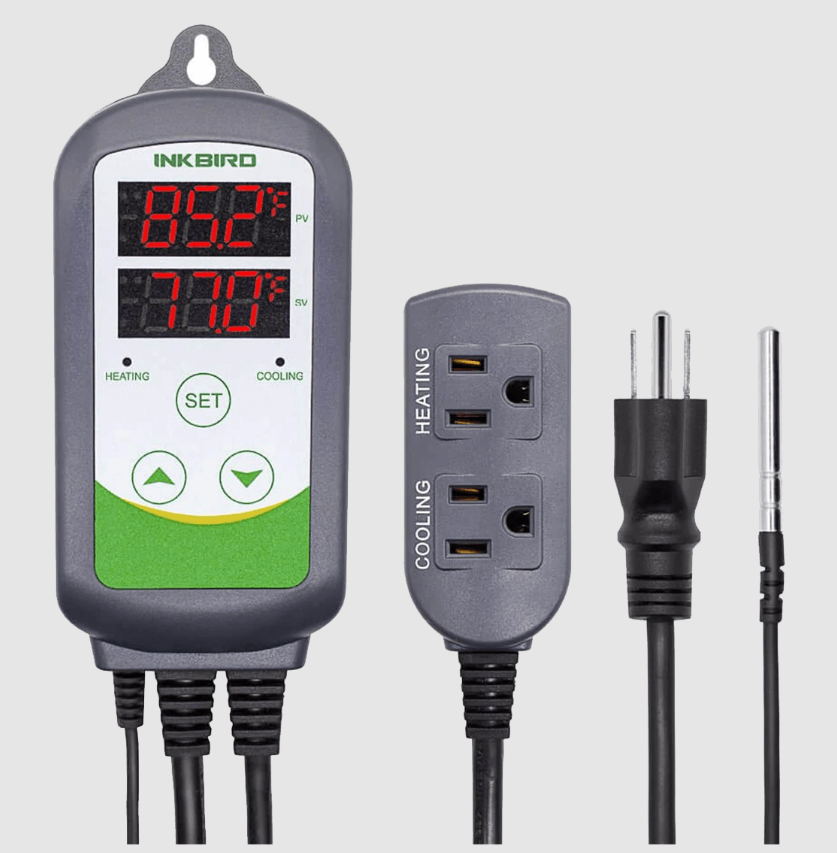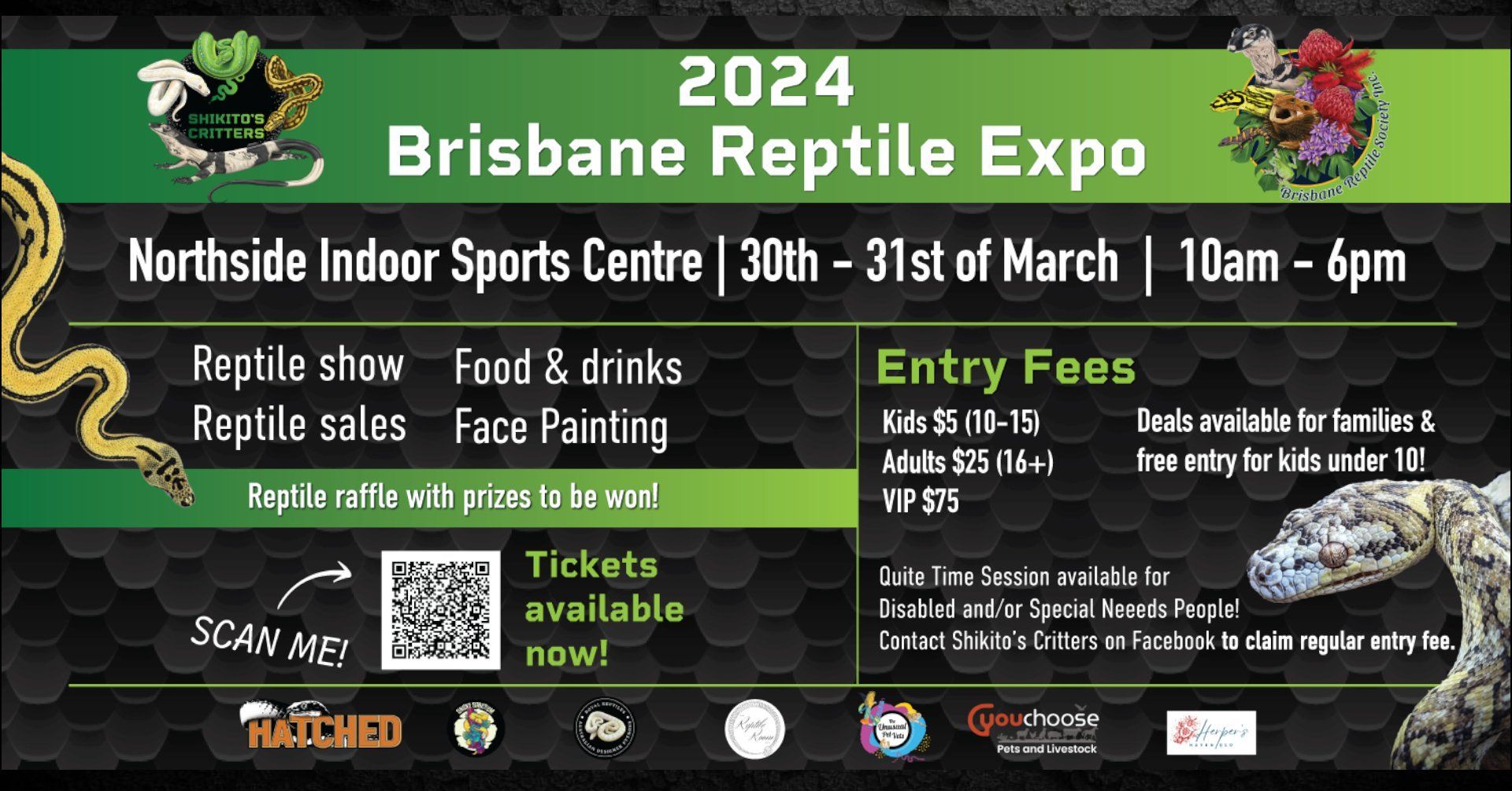Which Type of Reptile Thermostat Should I Use?
When you’re looking into getting your first reptile, as you’re looking for a thermostat, you may be wondering - Which Type of Reptile Thermostat Should I Use?
Did you know there are different types, suitable for different situations? Or have you seen the different descriptions on the advertising and wondered which one to use? I'll explain in this article the three types of thermostat and the pros and cons of each.
What's in a Thermostat?
First of all, all thermostats have similar components on the outside:
- a main body or display where you adjust the desired temperature,
- a cord you connect your heat source to,
- a cord that goes to the power supply, and
- a cord with a probe on the end.
The thermostat probe should be placed directly where your snake will sit, so you can correctly control the basking area temperature.
What are the main types of reptile thermostats?
1 . Switching Thermostat
The most common, simplest and cheapest type of thermostat is a switching thermostat. These thermostats basically turn on and off - abruptly stopping the power to the heat source when the thermostat reads it has reached the desired temperature, and then turning back on when it starts to cool down.
These are fine for things like heat cords and heat mats, but can blow quite a few light bulbs so I don’t recommend using these with a switching thermostat.
Imagine a kid sitting there flicking a light switch on and off!
2. Pulse Proportional Thermostat
Pulse proportional thermostats still regulate the power supply to the heat source by allowing ‘pulses’ of power through, so you will often find you get a somewhat more stable temperature.
3. Dimming thermostats
Dimming thermostats are generally recommended for use with light bulbs, as they act like a dimmer switch for your house lights. It gradually increases or decreases the power supply to the heat source, rather than abruptly switching on or off, and is therefore less likely to blow bulbs.
Despite this, it is not recommended to use them with mercury vapour bulbs, though those have gone ‘out of fashion’ nowadays, so I won’t go into detail on those.
4. Dual thermostats
These are thermostats that have two ‘output’ power points, to control two heat sources at the same time.
My cheat way to do my own version of these is to simply plug multiple identical heat sources/enclosures into a power board, and the power board connects to the thermostat.
It is important to note with this, however, that most thermostats will have a maximum wattage that they can handle.
Which brand of thermostat to use?
There are numerous brands of thermostat available, including the two ‘big’ brands Microclimate and Habistat, then one from URS (ultimate reptile supplies), and Eco Tech being the main ‘reptile’ thermostats commonly seen online or in pet stores in Australia.
Another somewhat lesser known brand is Inkbird, which produces a switching thermostat, the model ITC-308.
This is a thermostat that keepers have recommended via word of mouth, and I have recently started using with my heat cords. They’re cheaper to purchase than the other brands, and, touch wood, seem to be just as reliable.
A bonus of these is that they have a digital display, including the current temperature and desired temperature.
I have also used Habistat and Microclimate thermostats- the Habistat switching thermostats never had a glitch, whilst I found the Microclimate dimming thermostats would blow fuses or just stop working, so I will admit I lost some faith in them.
Having said this, many reptile keepers around the world still use and recommend them!

So which Thermostat is best for me?
In summary, thermostats are critical for safely heating reptiles.
In my opinion, a dimming thermostat is best for lights, while a cheaper switching thermostat can be used for heat cords and mats.




